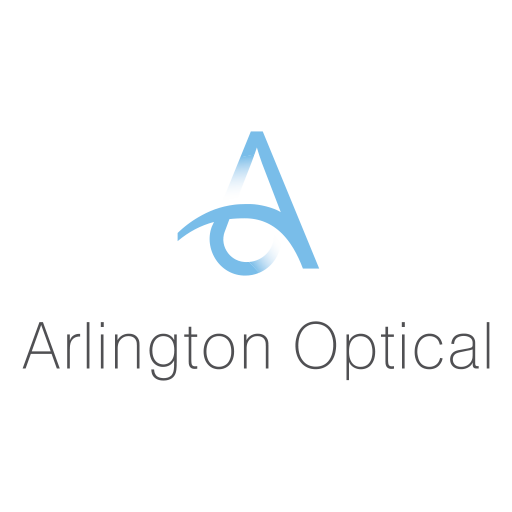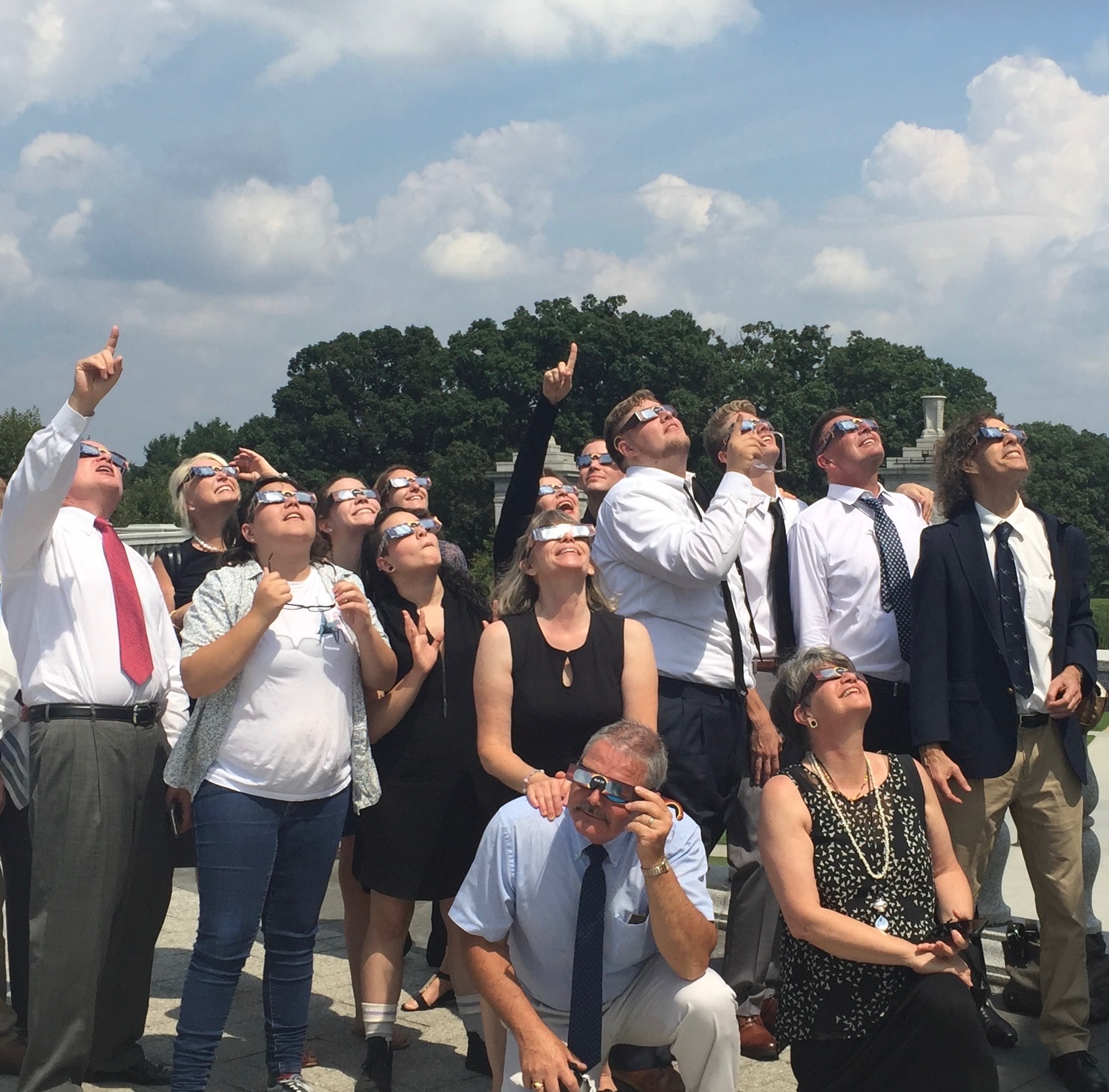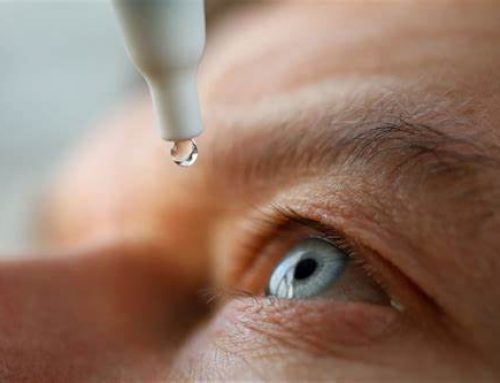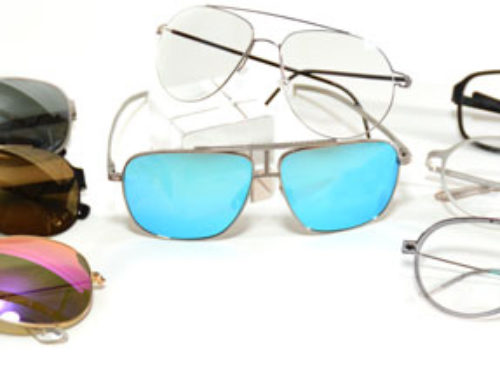Everyone is excited about the upcoming eclipse on April 8th, and here at Arlington Optical we are too!
At our Lane Ave location in Upper Arlington, we’ll be able to see a partial solar eclipse for two and a half hours! Not only that, but everyone in the continental U.S. will be able to see at least a partial eclipse.
Places a little farther north of Columbus, like Dublin and Polaris, are in the path of totality, meaning that people there will be able to see the full Solar Eclipse for almost four and a half minutes. That’s part of what makes this so special, even though solar eclipses happen every year, this long of an eclipse hasn’t happened in over 200 years!
There are some safety measures that we all should take on April 8th. When observing the eclipse we need to be wearing the appropriate eye wear – eclipse glasses. This is because as the sky darkens from a partial or total eclipse it makes our pupils dilate to let in more light, but the sun still gives off the same amount of harmful UV light. This makes it actually more dangerous than staring at the sun normally and can do permanent damage to the retina. The sun is so bright that it’s like looking at over two thousand 200 watt light bulbs at once. And you thought those fancy new LED headlights were bad!
A “crafty work around” to view the eclipse is to look through a camera, like on our phones. However, the solar rays can still cause eye injury. Not only that, but the rays can also harm the filter and cause damage to the camera as well. Solar filters that allow safe eclipse viewing are available for camera lenses but are an expensive alternative when compared to other methods.
You may be thinking, “But wait, I have some super dark and super cute sunglasses from Arlington Optical, I’ll just use those!” Regular sunglasses, no matter how dark or how stylish, will not protect your eyes from the sun during an eclipse. While they are great for everyday use, they’re not nearly dark enough for looking directly at the sun.
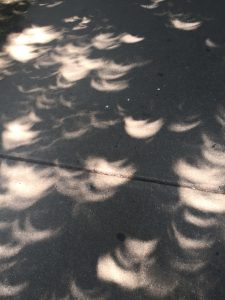 (shadow of eclipse on sidewalk)
(shadow of eclipse on sidewalk)
Only Use Approved Solar Filter Eclipse Glasses to View the Eclipse!
So, how do we stay safe? The only way to safely view the eclipse is through approved solar filter eclipse glasses. If they are approved, then they should have “ISO 12312-2” printed somewhere on them. This means that they are compliant to block all but a very small amount of solar UV light, IR radiation, and reduce sunlight to comfortable levels. Unfortunately, some companies use inferior materials and still print this distinction on it, so we should only use eclipse glasses from trusted sources.
The American Astronomical Society has a list of approved vendors for these glasses on their website. We will have a limited quantity available at our store on Wednesday, March 27th (limit 4 per family, while supplies last.)
COSI and the Columbus Metropolitain Library are giving out eclipse glasses (4 per person, while supplies last.) Local grocery favorites Kroger and Meijer are on this list too, but make sure to buy in store and not from their website. However, you decide to celebrate the eclipse on April 8th, be sure to stay safe and enjoy this once in a lifetime event!!

